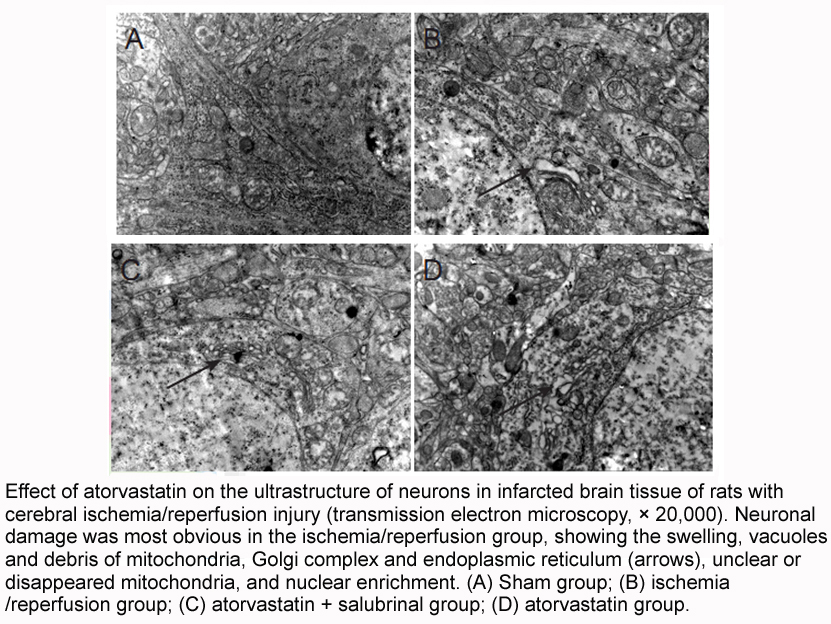Archives
br Non human subject research
Non-human subject research
Acknowledgements
The authors gratefully acknowledge use of the services and facilities of the Population Studies Center at the University of Michigan, funded by NICHD Center Grant R24 HD041028 and the support of an NICHD training grant to the Population Studies Center at the University of Michigan (T32 HD007339) during the preparation of this manuscript. The manuscript benefited greatly from the feedback Paul Amato, Jennifer Hook, and Christie Sennott generously provided. The paper also benefited from valuable feedback from participants in Session 178 at the 2015 Population Association of America meeting in San Diego, California.
Introduction
A large body of population health research examines adult health disparities, especially black-white differences in mortality and morbidity (Adler & Rehkopf, 2008; Frisbie, Song, Powers, & Street, 2004; Geruso, 2012; Pampel, Krueger, & Denney, 2010; Williams & Jackson, 2005; Williams & Mohammed, 2009). Yet, incarceration is an often ignored and poorly understood factor in health disparities research (Moore & Elkavich, 2008) in part because incarcerated persons are excluded from national health surveys (Ahalt, Binswanger, Steinman, Tulsky, & Williams, 2011) and clinical research (Wang & Wildeman, 2011), former inmates are often not identified in national health surveys (Ahalt et al., 2011), and research among prisoners is difficult due to a long history of medical abuses (Gostin, 2007). Inmates report a higher prevalence of infectious diseases and chronic conditions compared to the noninstitutionalized population (Baillargeon, Black, Pulvino, & Dunn, 2000; Hammett, Harmon, & Rhodes, 2002; Solomon, Flynn, Much, & Vertefeuille, 2004; Wilper et al., 2009). This is largely due to the selection of prisoners from the most vulnerable segments of the U.S. population (Clear, 2007; Greenfeld & Snell, 1999; Kirk, 2008; Richie, 2001; Fazel & Danesh, 2002; James & Glaze, 2006; Steadman, Osher, Clark Robbins, Case, & Samuels, 2009), although there is evidence to suggest a potential causal relationship (Massoglia, 2008a; Porter, 2014; Schnittker & John, 2007). Thus, incarceration is a pressing public health concern affecting not only incarcerated persons, but also their diindolylmethane and communities (Brinkley-Rubenstein, 2013; Dumont, Brockmann, Dickman, Alexander, & Rich, 2012; Massoglia & Pridemore, 2015; Schnittker, Uggen, Shannon, & McElrath, 2015; Turney, 2017). There are also potential macro-level consequences for U.S. society (Wil deman, 2016).
We argue that due to mass incarceration, at any given time large portions of the population are “missing” from the noninstitutionalized community and, therefore, from national health surveillance systems. The consequences are that current estimates of population health and health disparities may be biased, and that we cannot fully understand the consequences of mass incarceration on racial health disparities (Wildeman & Wang, 2017). In other words, excluding information about residents of institutional—and non-institutional—group quarters can bias population estimates (Stapleton, Honeycutt, & Schechter, 2011). But more importantly, the failure to report estimates from institutionalized individuals limits our ability to fully describe the complexity of health disparities in the United States (Ahalt et al., 2011; Wang & Wildeman, 2011).
deman, 2016).
We argue that due to mass incarceration, at any given time large portions of the population are “missing” from the noninstitutionalized community and, therefore, from national health surveillance systems. The consequences are that current estimates of population health and health disparities may be biased, and that we cannot fully understand the consequences of mass incarceration on racial health disparities (Wildeman & Wang, 2017). In other words, excluding information about residents of institutional—and non-institutional—group quarters can bias population estimates (Stapleton, Honeycutt, & Schechter, 2011). But more importantly, the failure to report estimates from institutionalized individuals limits our ability to fully describe the complexity of health disparities in the United States (Ahalt et al., 2011; Wang & Wildeman, 2011).
Materials and methods
Results
Table 1 provides the prevalence for each health condition across age strata and stratified by sex, race, and incarceration status. For most health conditions prisoners report worse health than their noninstitutionalized counterparts, and the differences are larger for whites than blacks. For example, 12.9% of  white male prisoners report heart problems compared to 4.9% in the general population, whereas 7.5% of black male prisoners report hypertension compared to 4.2% in the general population. White women experience an even more dramatic increase in the prison sample (13.3% vs. 2.8%) whereas black women experience a smaller increase (9.5% vs. 4.5%). The largest disparity among the incarcerated populations is the risk of sexually transmitted infection (STI), in which there is no significant race difference among non-institutionalized men and a 3.2% point difference among noninstitutionalized women, but a large difference among prisoners. For example, 34.9% of black male prisoners report STI compared to 23.8% of white males; these numbers are 20.1% and 13.4% for black and white female prisoners, respectively.
white male prisoners report heart problems compared to 4.9% in the general population, whereas 7.5% of black male prisoners report hypertension compared to 4.2% in the general population. White women experience an even more dramatic increase in the prison sample (13.3% vs. 2.8%) whereas black women experience a smaller increase (9.5% vs. 4.5%). The largest disparity among the incarcerated populations is the risk of sexually transmitted infection (STI), in which there is no significant race difference among non-institutionalized men and a 3.2% point difference among noninstitutionalized women, but a large difference among prisoners. For example, 34.9% of black male prisoners report STI compared to 23.8% of white males; these numbers are 20.1% and 13.4% for black and white female prisoners, respectively.